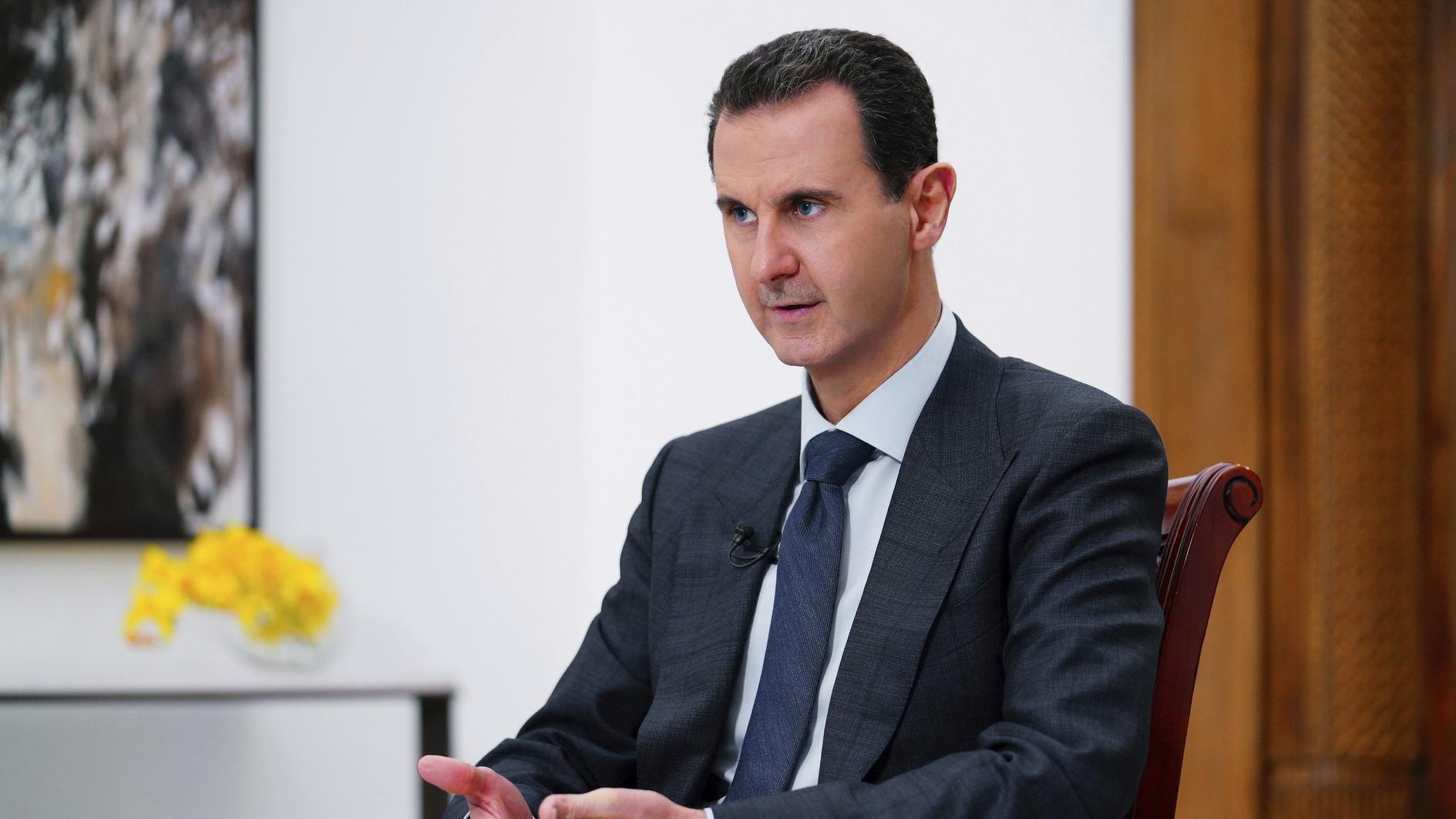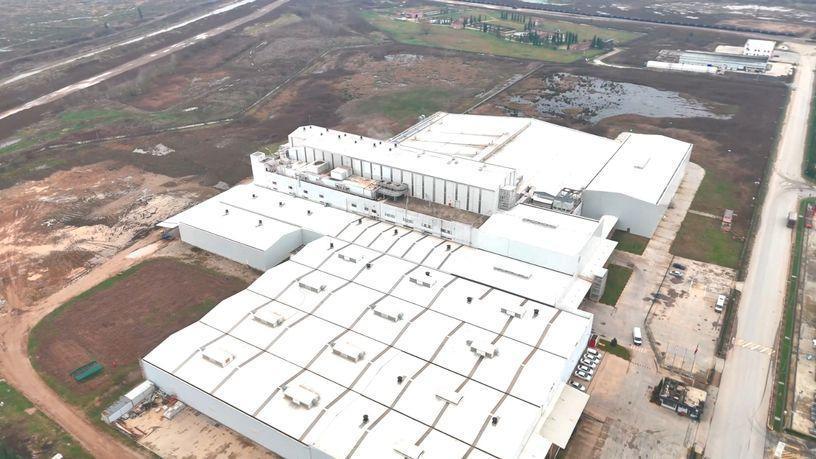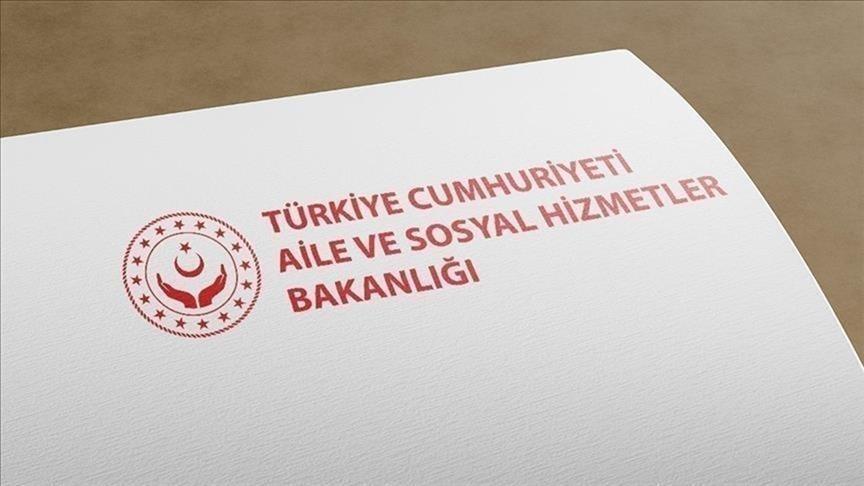Establish violence-free zones in Syria
SADEK JALAL AL-AZM – CHIBLI MALLAT
As part of the discussion over the most appropriate strategy toward Iraq and Syria, we propose to establish one or more exclusion zones along Syria’s borders – free from both the violence of the Bashar al-Assad regime and that of extreme Islamists – in which human rights monitors would be deployed.For civilians to recover their lives in Syria any strategy must address the immense contradictions of sectarianism and extremism.
To combat extremism, we need to first acknowledge, and then remove from the political scene, those who turned Syria and Iraq into a prime terrain for crimes against humanity. To combat sectarianism, we need to acknowledge the divisive, immensely sectarian legacy of the Middle East, which sees minorities behave according to their sectarian identities whenever they feel threatened.
In Iraq, PM Nouri al-Maliki is finally out of power. His sectarian excesses created fertile ground for the revolt in Sunni-majority parts of the country. As a next step, the key to freeing Mosul and Anbar from Islamic State of Iraq and the Levant (ISIL) control is to bolster the locals and closely coordinate with them. This was effective in 2007-09 and reunited Iraq until al-Maliki began his authoritarian drive shortly thereafter.
Syria is more complicated, but Iraq will fail again if the Syrian dimension of the strategy is not properly addressed. Like al-Maliki, al-Assad is the problem and can hardly be part of the solution. Since it is unlikely that he will leave power voluntarily, key members of his constituency must be won over in the future.
Al-Assad’s power base is primarily in the Alawite community, which is terrified of the prospect of Sunnis taking over the country. This is where the missing link in the haphazard international strategy needs to be filled in.
The Turkish government has expressed its willingness to consider creating safe havens, or violence-free zones, in Syria. Looking at the map of northern Syria, an exclusion zone can be created roughly at the 36th parallel. The zone could extend along the Turkish-Syrian border to include the whole of Aleppo, Raqqa, Kurdish areas of Syria in the east, and a good part of the Alawite zone on the Mediterranean.
If the U.S.-led coalition is ready to take this option seriously, it must eventually pursue the idea with the Alawite community. Such zones must reflect the full diversity of Syrian society and could eventually encompass Alawites in order to protect them if the regime begins to collapse. This would underscore that foreign intervention is not sectarian and that Alawite districts will not become the target of mass revenge.
With respect to Syria’s Kurdish areas, there must be an active contribution to such a project from Masoud Barzani, the president of the KRG, and Iraq’s enlightened new president, Fouad Maasoum, also a Kurd. Both men could go a long way toward assuaging Turkish fears of the more extreme Kurdistan Workers’ Party (PKK) supporters among the Syrian Kurds.
However, the biggest challenge will be including Alawites in the western part of the zone. There are many figures in the Alawite community who have borne the burnt of cruel Baathist rule. Alawites have also suffered many casualties in the Syrian conflict. In fact the Alawite community may have lost at least a fifth of its men between the ages of 16 and 50.
The zone can be established step by step and be replicated elsewhere, especially south of the 33rd parallel along the Jordanian border, and perhaps along the Lebanese border at some stage, to allow most Syrian refugees to return home. As both ISIL and al-Assad’s army and militias are prevented from entering such zones, toward which civilians and refugees will gravitate, an alternative to one-man rule in Damascus and to violent jihadism will become more realistic.
The plan will succeed only if the Syrian opposition government in the zone projects diversity. In such exclusion zones that spare Syrians from daily brutality, the nucleus of a Syrian nonviolent future beckons.
* Sadek Jalal al-Azm is a leading intellectual figure of Syria’s democratic opposition, while Chibli Mallat is the chairman of Right to Nonviolence. His next book, ‘Philosophy of Nonviolence,’ is in press at Oxford University Press. The article was first published in The Daily Star, and the full text can be found here.











